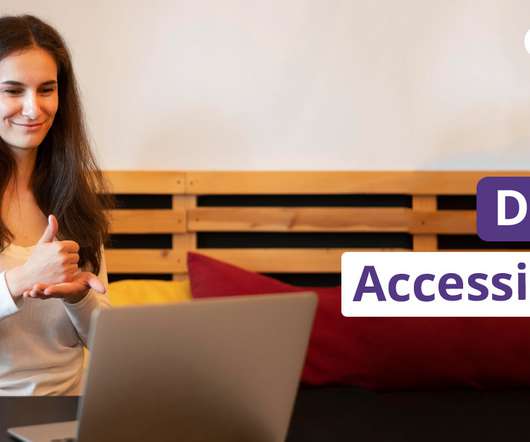What Doesn’t Belong In Your XR Training Content
Roundtable Learning
MARCH 8, 2024
Excessive Voice-overs Don’t sabotage the learning process with too many distracting voiceovers. Similarly, walking learners through an immersive learning experience with excessive voiceovers can derail them from their learning objectives. The same voiceovers that help eLearning programs thrive may deter VR from its real potential.



















Let's personalize your content